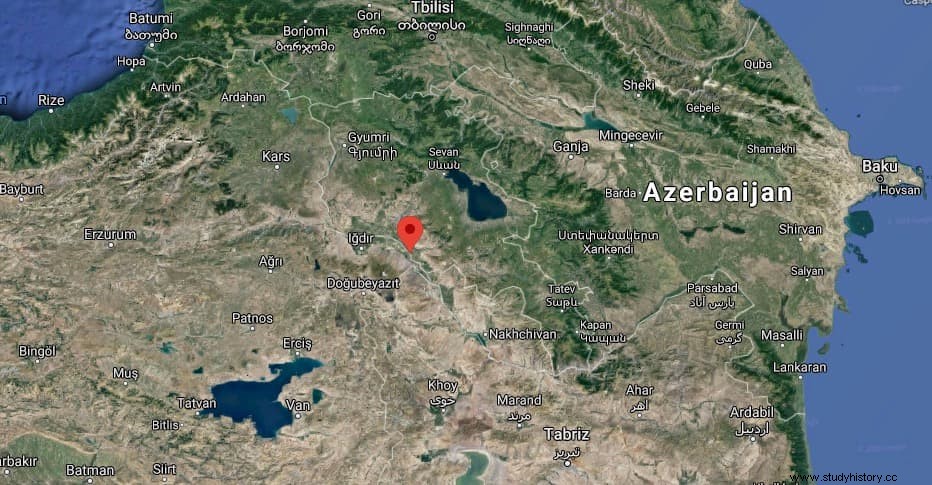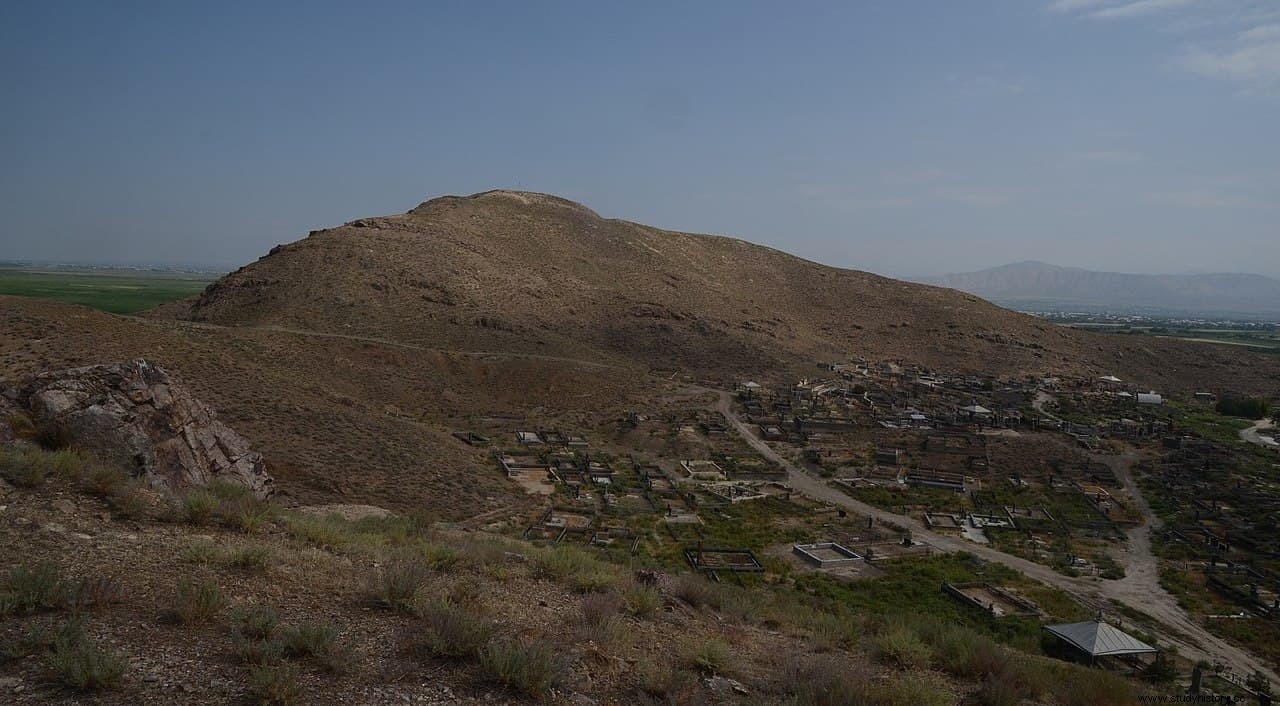Archaeologists from the University of Münster and the National Academy of Sciences of the Republic of Armenia have discovered remains of a Roman arched aqueduct during excavation work at the Hellenistic royal city of Artaxata in ancient Armenia. It is the easternmost arched aqueduct of the Roman Empire. Excavation work took place in 2019 and an assessment of the find has now been published in the journal Archäologischer Anzeiger .
The monumental foundations are evidence of an unfinished aqueduct bridge built by the Roman army between 114 and 117 AD , explains the author, Professor Achim Lichtenberger, from the Institute for Classical and Christian Archeology at the University of Münster. At that time, Artaxata was destined to become the capital of a Roman province in Armenia .
It was at this time that the Roman Empire reached its greatest extent - albeit for a short time - as it was under Trajan, Emperor of Rome from 98 to 117 AD, that the Romans attempted to incorporate the province of Armenia into the Roman Empire.

The planned and partially completed construction of the Artaxata aqueduct shows the effort that was made, in a very short space of time, to integrate the infrastructure of the provincial capital into the Empire , says co-author Torben Schreiber of the Institute for Classical and Christian Archeology at the University of Münster.
The aqueduct was left unfinished because after Trajan's death in 117 AD, his successor Hadrian resigned from the province of Armenia before the aqueduct was completed . Archaeologists consider, therefore, that their find demonstrates the failure of Roman imperialism in Armenia.

In their excavation campaign, the team used a multidisciplinary combination of archaeology, geophysics, geochemistry and archaeoinformatics methods. First, the area of the Hellenistic metropolis of Artaxata, in the Ararat plain, was geomagnetically examined. In this phase of their work, the experts surveyed and mapped possible anomalies.
The geomagnetic image showed a conspicuous line of dots, which they analyzed. The results were three-dimensionally documented by the archaeologists. Additional drilling provided evidence of other unfinished or destroyed pillars of the aqueduct. We use satellite and infrared images from a drone to visualize the route of the pillars of the aqueduct explains co-author Dr. Mkrtich Zardaryan, from the Institute of Archeology and Ethnography of the National Academy of Sciences of the Republic of Armenia.
We reconstruct the planned route of the aqueduct through a computer-assisted trajectory analysis between the possible sources of the water and its destination . A scientific analysis of the lime mortar used showed that it was a typical Roman mixture. An analysis of soil samples allowed the construction of the aqueduct to be dated to between AD 60 and 460, which, in the opinion of the researchers, makes the reign of Emperor Trajan the most likely date.

Since 2018, a team of German and Armenian scientists - headed by Achim Lichtenberger (University of Münster), Mkrtich Zardaryan (Armenian Academy of Sciences) and Torben Schreiber (University of Münster) - is investigating the Hellenistic metropolis of Artaxata in the plain of Ararat, in Armenia. Its aim is to examine both the newly created Hellenistic royal city and the multifaceted cultural footprint between Central Asia, Iran and the Mediterranean region.
